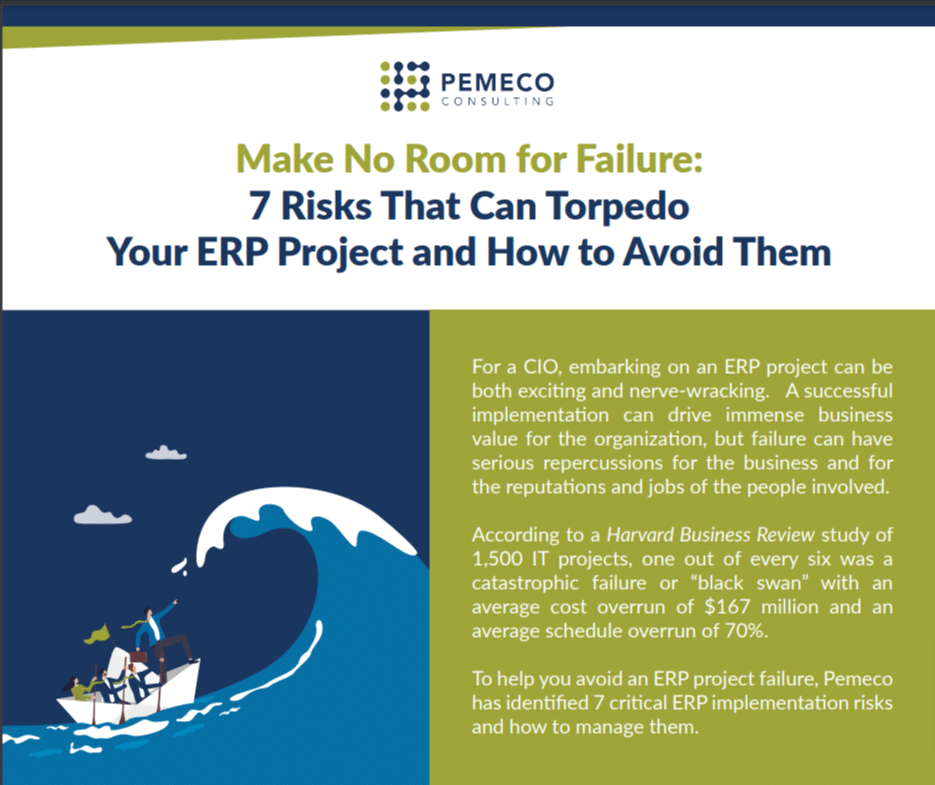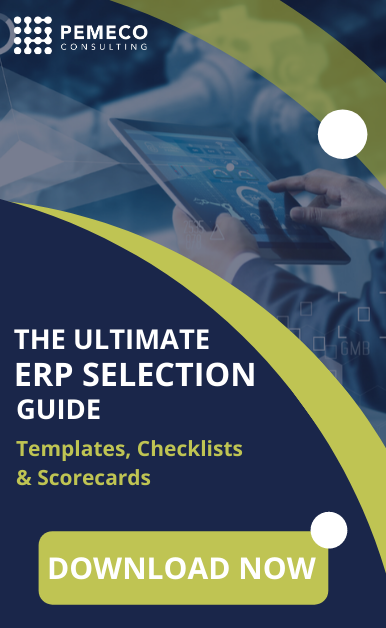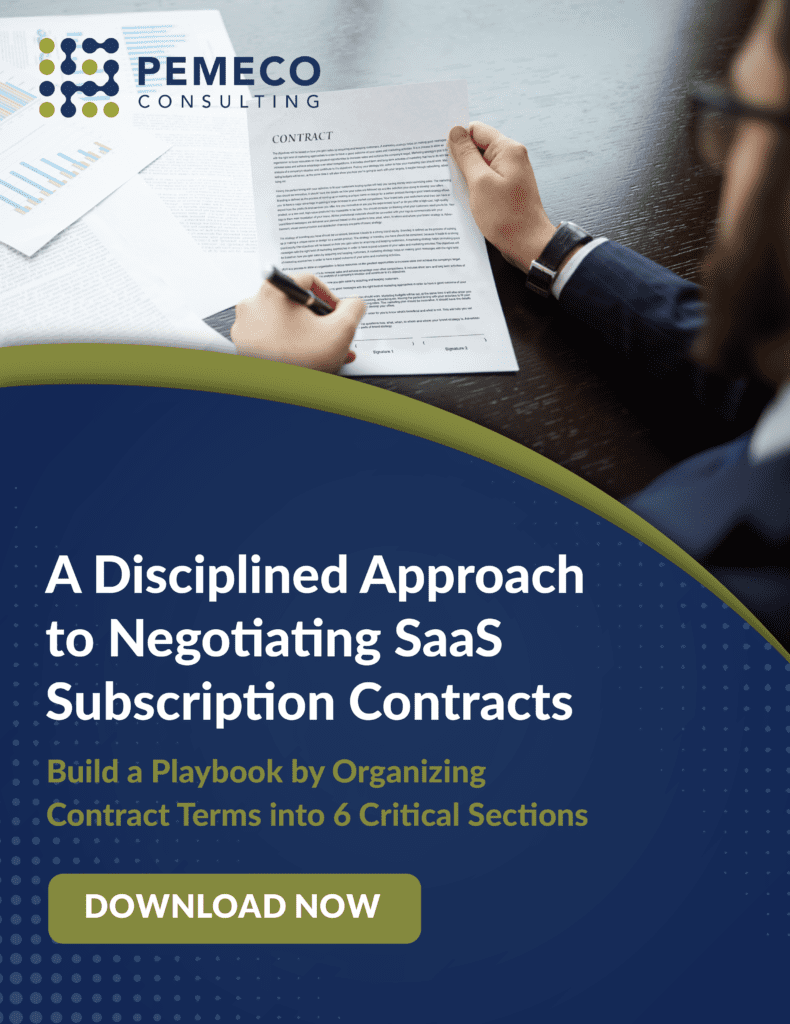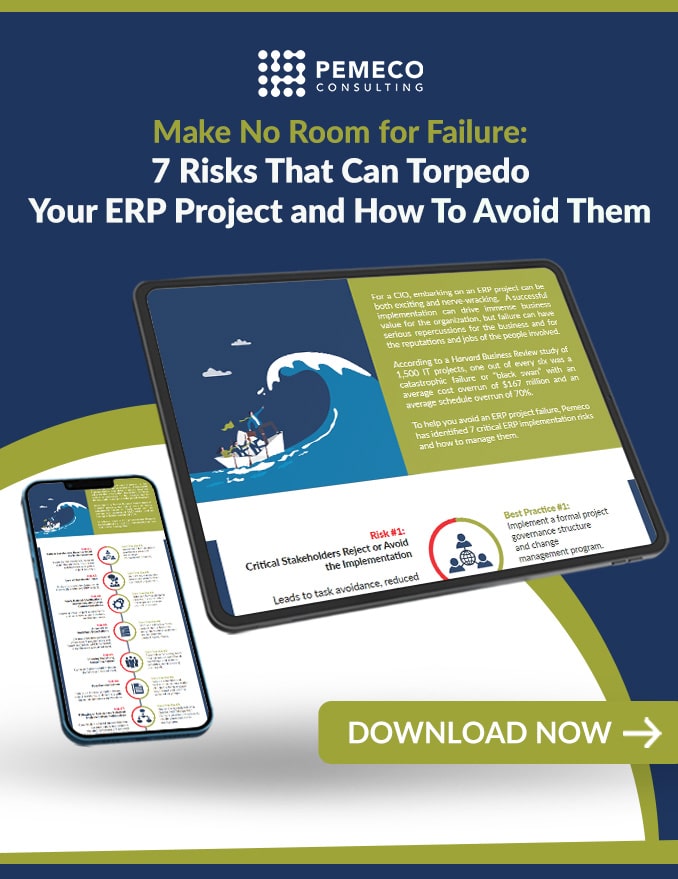Tip #15: ERP Change Management Plan | Six-Stage Surgical Approach
One of the biggest hurdles – and arguably the biggest hurdle – in any ERP implementation project is meeting the people challenge. It is a multidimensional issue that oftentimes requires new job descriptions and new people. Also, it often calls for a redrafting of the organizational chart. At the end of an ERP implementation project, your employees may find themselves working with new people, reporting to different managers and, in some cases, calling a new facility “home”. Transitioning employees to the organization’s new state is complex. Time and geographic project constraints magnify this complexity. For example, one of our clients will soon be implementing ERP at four North American facilities, seven North American satellite offices, and one China-based facility. The employees in two of the major facilities have never worked on a modern-day ERP system and, as a result, require significant training. Notwithstanding these constraints, all training must be completed before the company cuts over to the new system in 2011. In this case – and in all cases – effective change management will largely depend on execution of a well-conceived change management plan. The ERP change management plan should provide a detailed, actionable roadmap to the desired future state. We advocate a planning approach similar to the one used for business process mapping. Specifically, the change management plan should be based on an analysis of the gaps between the “As Is” and “To Be” environments. Given time, cost and geographic constraints, the path to change should also be the shortest, most surgically-precise path. A change management plan should contain, at a minimum, the following 6 components:- Part 1 Gap Analysis – Analyse “As Is” to “To Be” gaps in skills, jobs, structures and personnel
- Part 2 Job Assignment – Assign individuals to the “To Be” jobs
- Part 3 H.R. Alignment – Create new job descriptions, plan employee transitions and begin the recruitment process.
- Part 4 Communications Plan – Develop a plan to notify existing employees of changes and provide them with a forum to communicate feedback. Develop a plan to broadcast recruitment needs.
- Part 5 Training Strategy and Budgets – Determine whether training is to be delivered using in-house or outsourced resources. Consider geographic, time and other physical constraints. Budget costs, including those relating to materials, time and travel costs.
- Part 6 End-User Training Programs – Draft fulsome participant lists, training schedules, training plans and training effectiveness assessment reports.
Want to avoid ERP implementation failure?
Download The CIO’s Guide to Preventing ERP Implementation Failure.







